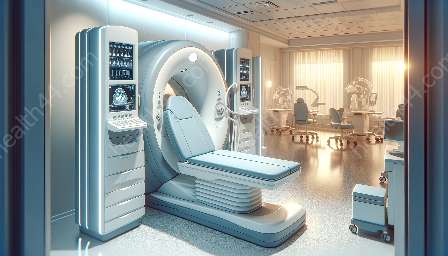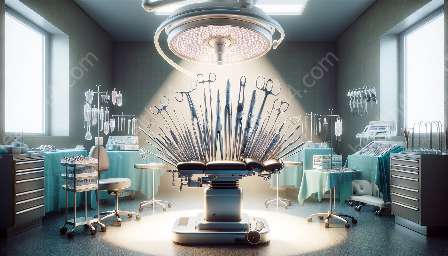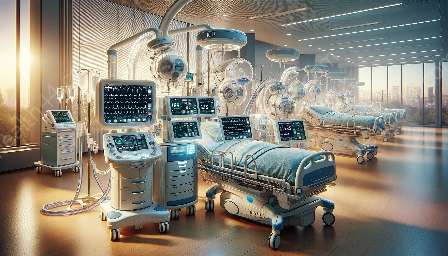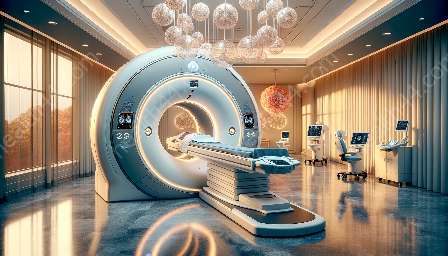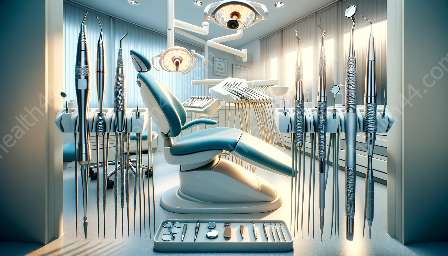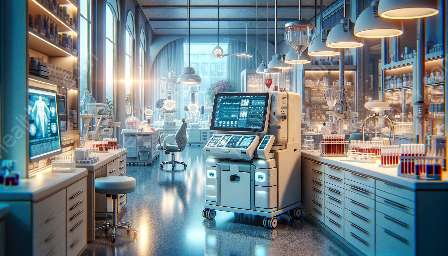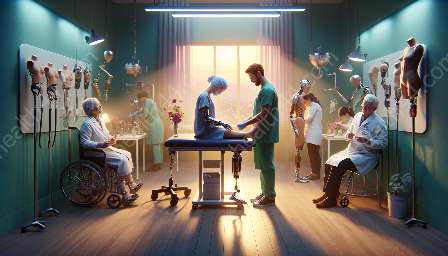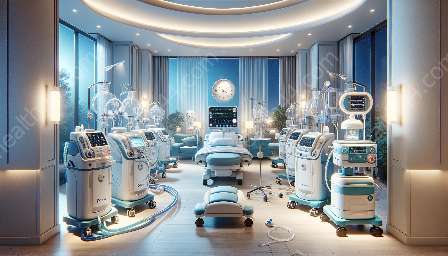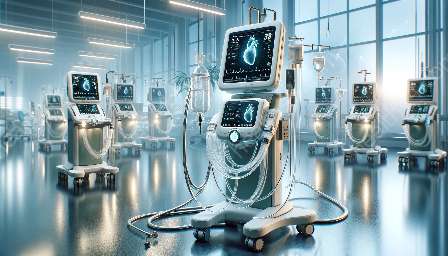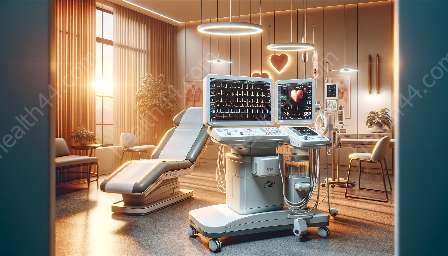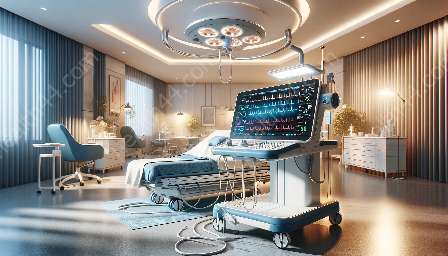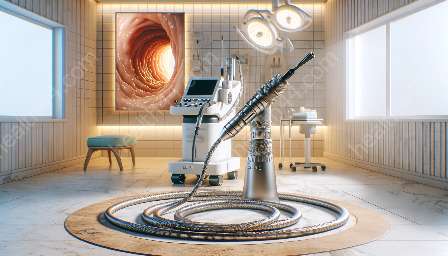In the realm of healthcare, the development and utilization of advanced clinical testing equipment have revolutionized the way medical professionals diagnose and treat patients. From cutting-edge medical devices to state-of-the-art laboratory instruments, the evolving landscape of clinical testing equipment has significantly contributed to the improvement of patient care and healthcare outcomes.
Significance of Clinical Testing Equipment in Modern Health Practices
Clinical testing equipment encompasses a wide array of instruments and devices designed to aid in the diagnosis, monitoring, and treatment of various medical conditions. These tools play a crucial role in ensuring accurate and efficient healthcare delivery, ultimately leading to better patient outcomes.
Impact on Diagnostic Processes
The integration of advanced clinical testing equipment has streamlined the diagnostic process, enabling healthcare providers to obtain precise and timely results. Rapid advancements in technology have led to the development of innovative medical devices that offer enhanced sensitivity and specificity, allowing for early detection and accurate diagnosis of medical conditions.
Enhancing Treatment Efficacy
Modern clinical testing equipment has contributed to the improvement of treatment efficacy by enabling healthcare professionals to tailor therapies and interventions to individual patient needs. Through the use of specialized medical devices and equipment, personalized treatment plans can be developed based on comprehensive diagnostic data, ensuring optimal outcomes for patients.
Technological Innovations in Clinical Testing Equipment
The field of clinical testing equipment is continually evolving, driven by technological advancements and innovative research. From diagnostic imaging tools to molecular diagnostic devices, the following are some of the notable technological innovations shaping the landscape of clinical testing equipment:
- Advanced Imaging Systems: Cutting-edge imaging systems, such as MRI, CT scans, and ultrasound machines, provide detailed and precise visualizations of internal body structures, enabling accurate diagnosis and treatment planning.
- Molecular Diagnostics: Molecular diagnostic equipment, including PCR machines and genetic analyzers, enable the analysis of genetic and molecular markers for the detection of hereditary diseases and infectious agents.
- Point-of-Care Testing Devices: Portable and rapid diagnostic devices allow for on-the-spot testing, enabling healthcare providers to make immediate treatment decisions and interventions.
- Laboratory Analyzers: Automated laboratory analyzers, such as blood gas analyzers and chemistry analyzers, streamline the process of analyzing patient samples, offering rapid and accurate test results.
- Remote Monitoring Devices: Wearable and remote monitoring devices facilitate continuous patient monitoring, providing real-time data to healthcare providers for proactive interventions and personalized care.
Integration of Clinical Testing Equipment in Healthcare Settings
Healthcare facilities worldwide are increasingly integrating advanced clinical testing equipment into their practices to enhance patient care and improve health outcomes. Whether in hospitals, clinics, or research laboratories, the utilization of modern medical devices and equipment has become instrumental in driving advancements in healthcare.
Quality Assurance and Regulatory Compliance
As the demand for clinical testing equipment continues to rise, stringent quality assurance standards and regulatory compliance have become paramount. Manufacturers and developers of medical devices and equipment are required to adhere to rigorous regulations to ensure the safety, accuracy, and reliability of their products.
Collaborative Research and Development
The development of cutting-edge clinical testing equipment often involves collaborative efforts between healthcare professionals, researchers, and technology experts. Interdisciplinary teams work together to innovate and refine medical devices, ensuring that they meet the evolving needs of the healthcare industry.
Future Prospects and Emerging Trends
The future of clinical testing equipment holds promising prospects, with ongoing advancements and emerging trends shaping the landscape of healthcare. From the integration of artificial intelligence in diagnostic tools to the development of precision medicine technologies, the following are some of the key emerging trends in the realm of clinical testing equipment:
- Artificial Intelligence in Diagnostics: AI-powered diagnostic tools are revolutionizing the interpretation of medical images and data, enabling more accurate and efficient diagnosis of complex medical conditions.
- Telemedicine and Remote Diagnostics: The adoption of telemedicine platforms and remote diagnostic technologies is expanding access to healthcare services, especially in underserved regions and remote areas.
- Precision Medicine Devices: Personalized diagnostic and treatment devices are being developed to cater to individual patients' genetic and molecular profiles, ushering in an era of precision medicine.
- IoT-Enabled Healthcare Devices: The integration of Internet of Things (IoT) technologies in clinical testing equipment is enabling seamless connectivity and data sharing, facilitating remote monitoring and collaborative healthcare practices.
- Bioinformatics and Data Analytics: Advanced data analytics and bioinformatics tools are being used to interpret complex biological data, uncovering valuable insights for personalized medicine and disease management.
Conclusion
The advancements in clinical testing equipment and medical devices have significantly transformed modern healthcare practices, enhancing diagnostic capabilities, treatment efficacy, and patient care. As technology continues to drive innovation in the healthcare industry, the integration of cutting-edge clinical testing equipment will play a pivotal role in shaping the future of medicine and improving health outcomes for individuals worldwide.

